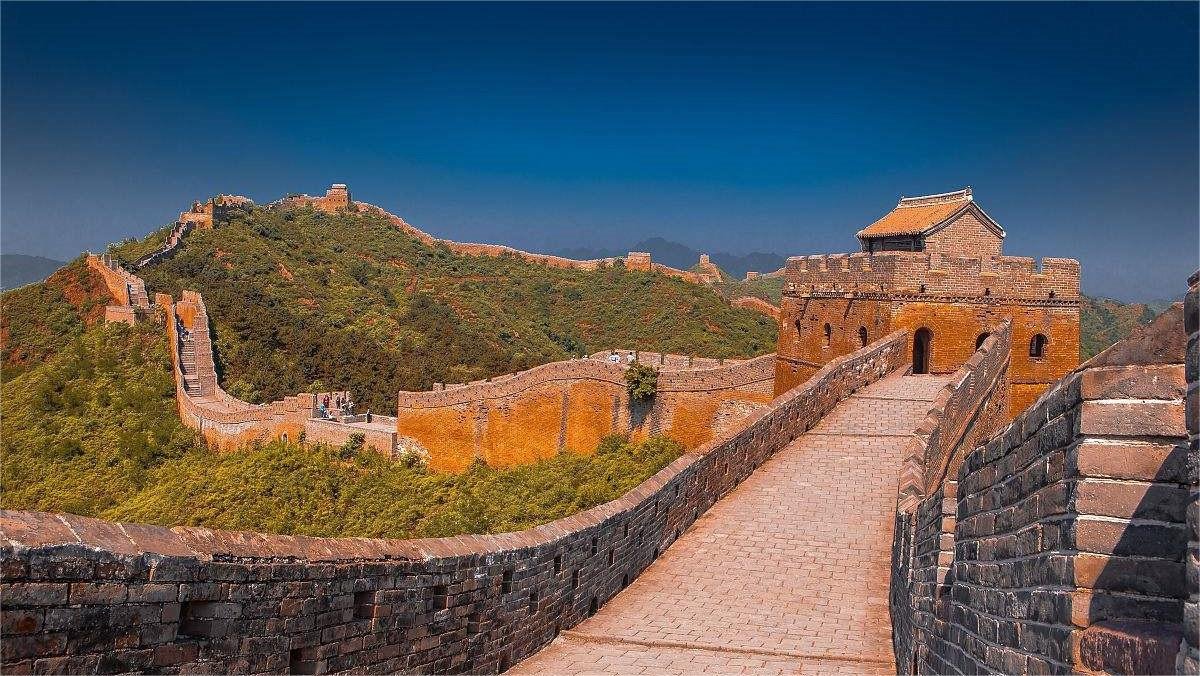The Great Wall of China is a series of walls and fortifications that stretch over 13,000 miles (21,000 km) through northern China. It was built over several centuries, with construction beginning in the 7th century BC and continuing through the Ming Dynasty (1368-1644 AD). There are many theories about why the wall was built, but the primary reasons are as follows:
Protection from invasions
One of the main reasons the Great Wall of China was built was to protect China from invasions by nomadic tribes from the north. The wall was built as a barrier to prevent these tribes from entering China and pillaging villages. The northern tribes were known for their horsemanship and were a constant threat to the Chinese border. By building the wall, the Chinese hoped to create a physical barrier that would deter the northern tribes from attacking.
Control of trade
Another reason the wall was built was to control trade along the Silk Road, which was an important trade route that ran through China. The wall was used to regulate and tax trade along the route, and it helped to protect merchants and their goods from bandits. By controlling the trade, the Chinese were able to reap economic benefits and maintain their influence over the region.
Symbol of power
The Great Wall of China was also built as a symbol of power and strength. It was a way for the Chinese emperors to demonstrate their authority and to intimidate their enemies. The wall was also used to impress and awe visitors from other countries. Its sheer scale was a testament to the might of the Chinese empire and the engineering prowess of its builders.
Unification of China
The construction of the Great Wall of China was also seen as a way to unify China. It was built by soldiers and peasants from different parts of China, who were brought together to work on the wall. This helped to create a sense of unity among the people and helped to strengthen the country. The wall also served as a symbol of China’s cultural heritage and national identity.
Economic benefits
The construction of the wall had economic benefits as well. The workers who built the wall were paid in food and clothing, which helped to boost the economy. It also provided employment for thousands of workers, which helped to reduce poverty and unemployment. The wall also served as a stimulus for the development of new industries, such as brickmaking, pottery, and metallurgy.
Military strategy
The wall was built with military strategy in mind. The watchtowers and fortifications along the wall were strategically placed to provide a vantage point for soldiers to detect enemy movements. It was designed to be a barrier to slow down invading armies and to prevent them from gaining easy access to the heart of China. The wall was also used as a means of communication, with smoke signals and beacon fires used to warn of impending attacks.
Other facts about the Great Wall
- When was the Great Wall of China built?
- Which dynasty started the Great Wall?
- How long is the Great Wall of China?
- How long did it take to build the Great Wall of China?
- Who built the Great Wall of China
- How many workers did it take to build the Great Wall of China?
- Why is the Great Wall of China important?
- Where is the Great Wall of China
- Where does the Great Wall of China end?
- What major river crosses the Great Wall?
- How tall and wide is the Great Wall of China?
- What was the Great Wall of China made of
- Are there bodies in the Great Wall of China?


